Before we dive into this review, I should make my bias known. I generally don’t like pancake lenses because they are, by definition, creations of compromise with size taking priority. I prefer no compromise lenses like the Fujinon GF110 F2, Fujinon XF16 F1.4 and Leica Summilux FLE 35MM F1.4.

They are big, heavy, or expensive, or a combination of the three, but they excel at producing incredible images, which is what matters the most for me. Held to this extremely high standard, the Fujinon GF50 F3.5 has a tough mountain to climb.
Held to this extremely high standard, the Fujinon GF50 F3.5 has a tough mountain to climb.
Disclaimer: The lens used in this review was purchased at full retail price from an authorized Fujifilm retailer in Hong Kong. It is my personal lens and I have no affiliation with Fujifilm or the retailer from which it was purchased from.
It seems like an eternity since Fujifilm announced the development of the GF50, a pancake lens, specifically designed for the GFX50R and other GFX models. It was widely believed that Fujifilm would launch this lens alongside the 50R, but it actually arrived nine months later.
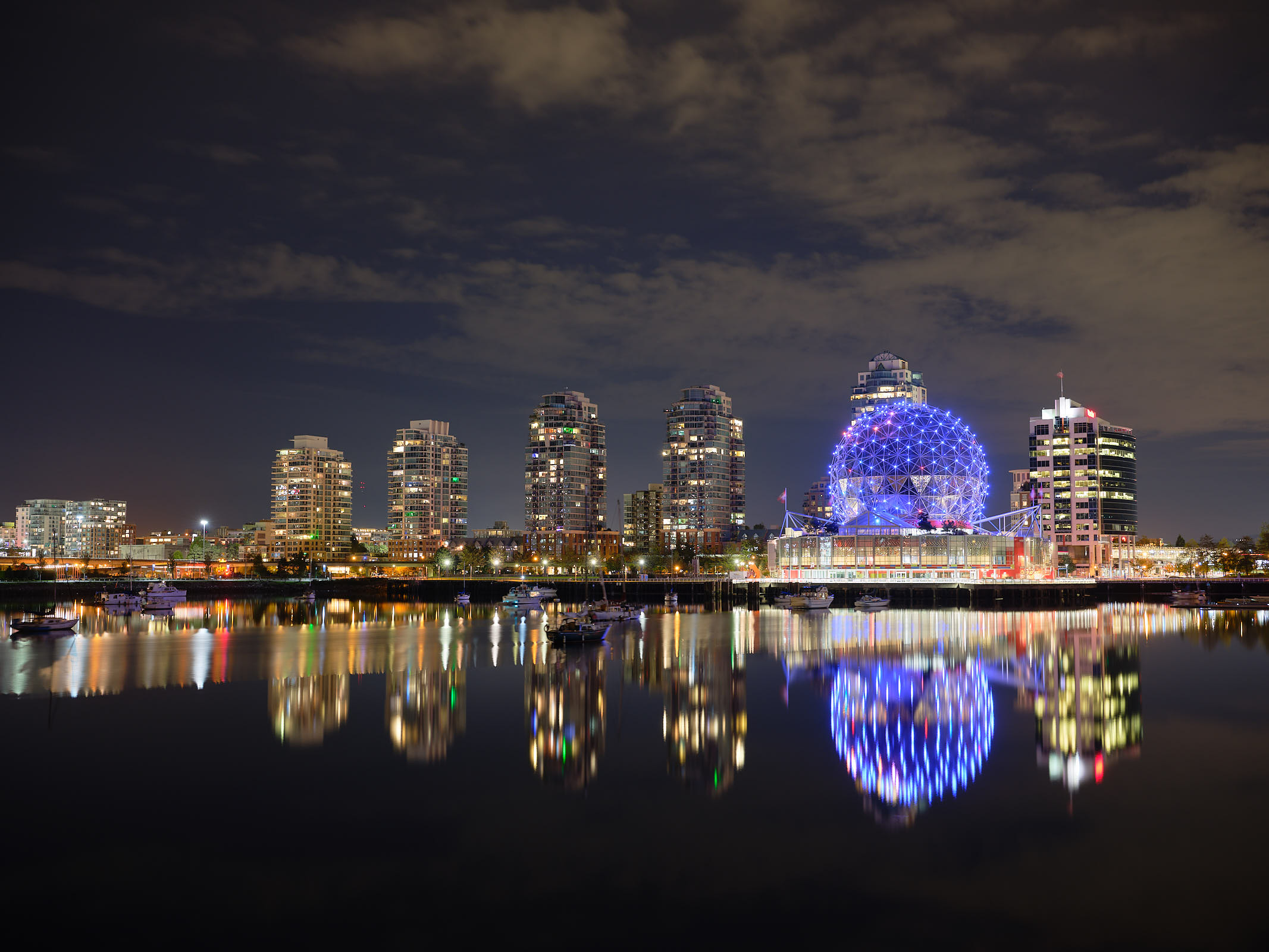
So was the wait worth it? I think we need to talk about what this lens was designed for and how it matches that design brief before answering this question. Like all pancake lenses, the designers prioritize size and weight over other attributes such as sharpness, distortion and aberration correction.
We know from the other Fujinon GF lenses that Fujifilm has been designing for no compromises. The GF45 F2.8, GF63 F2.8, and especially the GF110 F2 are astonishing lenses with edge-to-edge sharpness at all apertures, from wide open right through to diffraction territory.
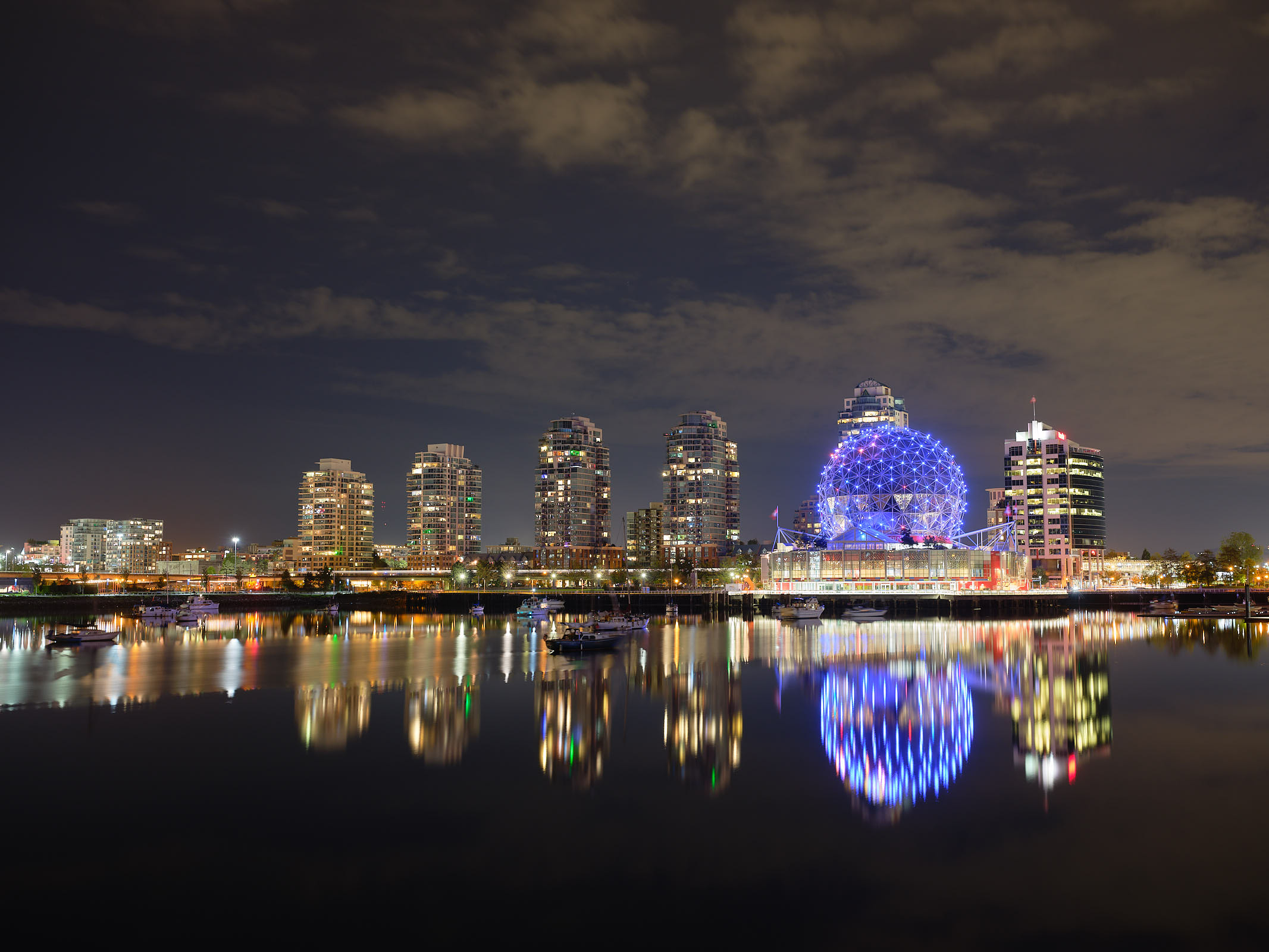
Even the GF100-200 F5.6, a lens that should be compromised because of its travel friendly weight, is a stellar performer when compared to other manufacturer’s lenses at equivalent focal lengths and apertures. I can imagine the challenge the Fujifilm engineers faced in developing this tiny lens.
Let’s dig into the important attributes of a lens and see how the GF50 stacks up.
Build quality
Like all Fujinon lenses, the build quality is excellent with a good balance of metal, rubber and plastic. I do wish at times that Fujinon used full metal on the GF lenses as they do with most of their XF series lenses for the X-series cameras. However, I understand that this would make the already heavy GF lenses even heavier.
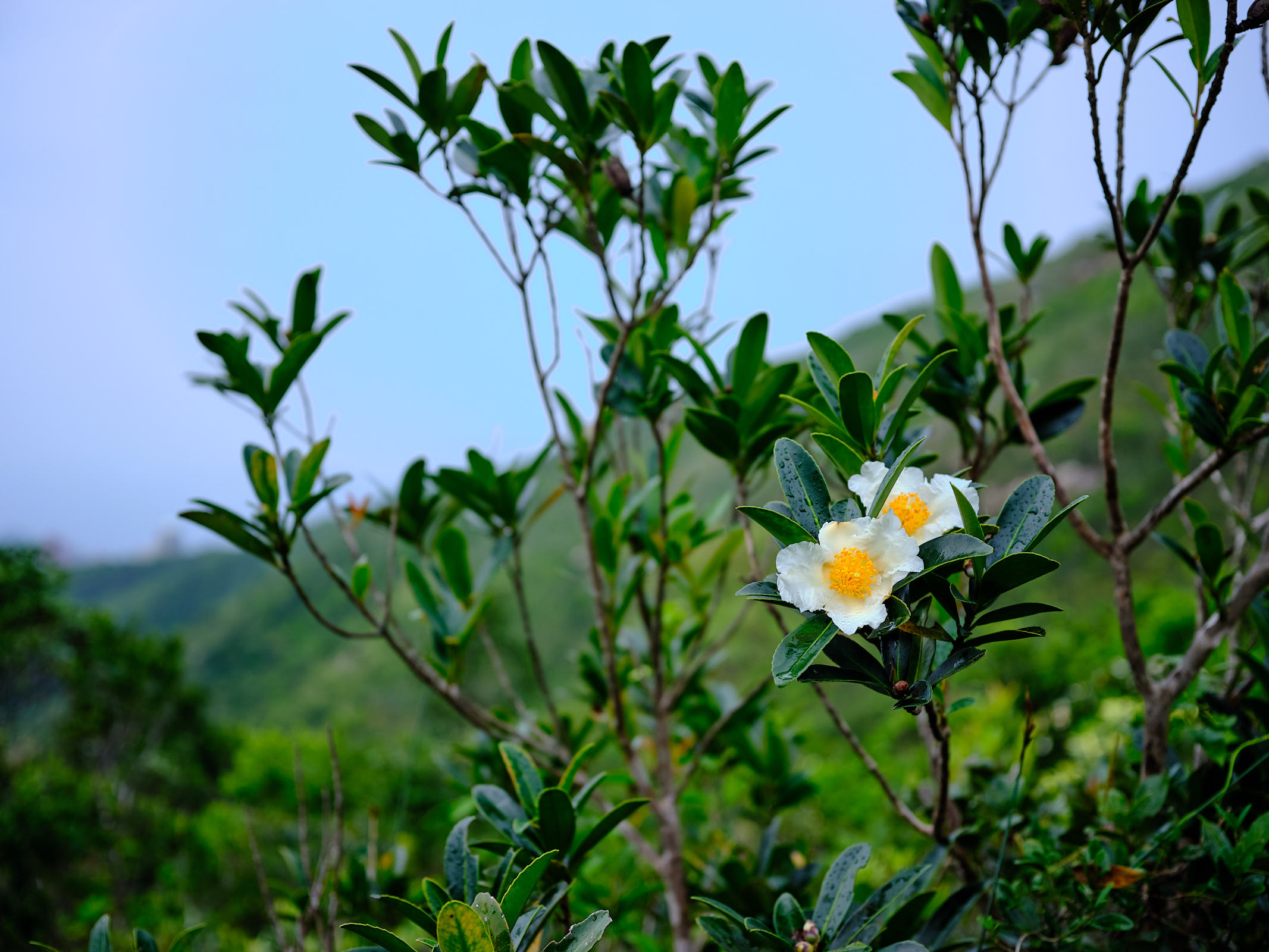
The aperture ring has a good weight to it and doesn’t turn too easily with good detents. The focus ring, while slim, also has an appropriate weight to it which makes manually focusing intuitive and easy. Finally, the lens connects with the camera with a nice and tight fit with zero play.
The only negative aspect of the build is the choice of a screw-in hood. The lens looks a bit like an antelope with the snout that comes from the stepped levels from the aperture ring, focus ring, and then the lens hood. I prefer using this lens without the hood to keep it as compact as possible.
Size & weight
The lens is very small compared to the GF45 and GF63 lenses. If you don’t own any of those two lenses, the GF50 sits about as proud as an AA battery does when mounted on the camera. In terms of weight, it’s very light, coming in at 335g, which is about the same as a can of soda. While it’s perhaps not as small as other pancake lenses, it’s definitely a very small and light lens for medium format.
Contrast & resolution
Going into this review, I fully expected this lens to have compromises in contrast and resolution, especially near the edges. However, Fujinon has somehow created something rather special with this tiny lens. If we look at how it compares to the very sharp GF45, we can see that it compares very favourably.

Being a no-compromises prime, the GF45 is an extraordinary performer with really no flaws. In the centre, the GF50 starts off with a small deficit at F3.5 but then comes pretty close to matching the GF45 by F5.6. It never quite matches the GF45, but it’s a stellar performance especially when you consider its size.

Being a pancake lens, we would expect the edges to be soft, but again, the GF50 surprises with excellent edge performance beyond F8. What the comparison above also demonstrates is the incredible performance of the GF45, with amazing sharpness at the edges, even at F2.8.
Distortion & aberrations
At pretty much all apertures, there is little to no distortion correction required. We can see in the image comparison below that there is only a bit of barrel distortion with distortion correction off/on in Capture One Professional.

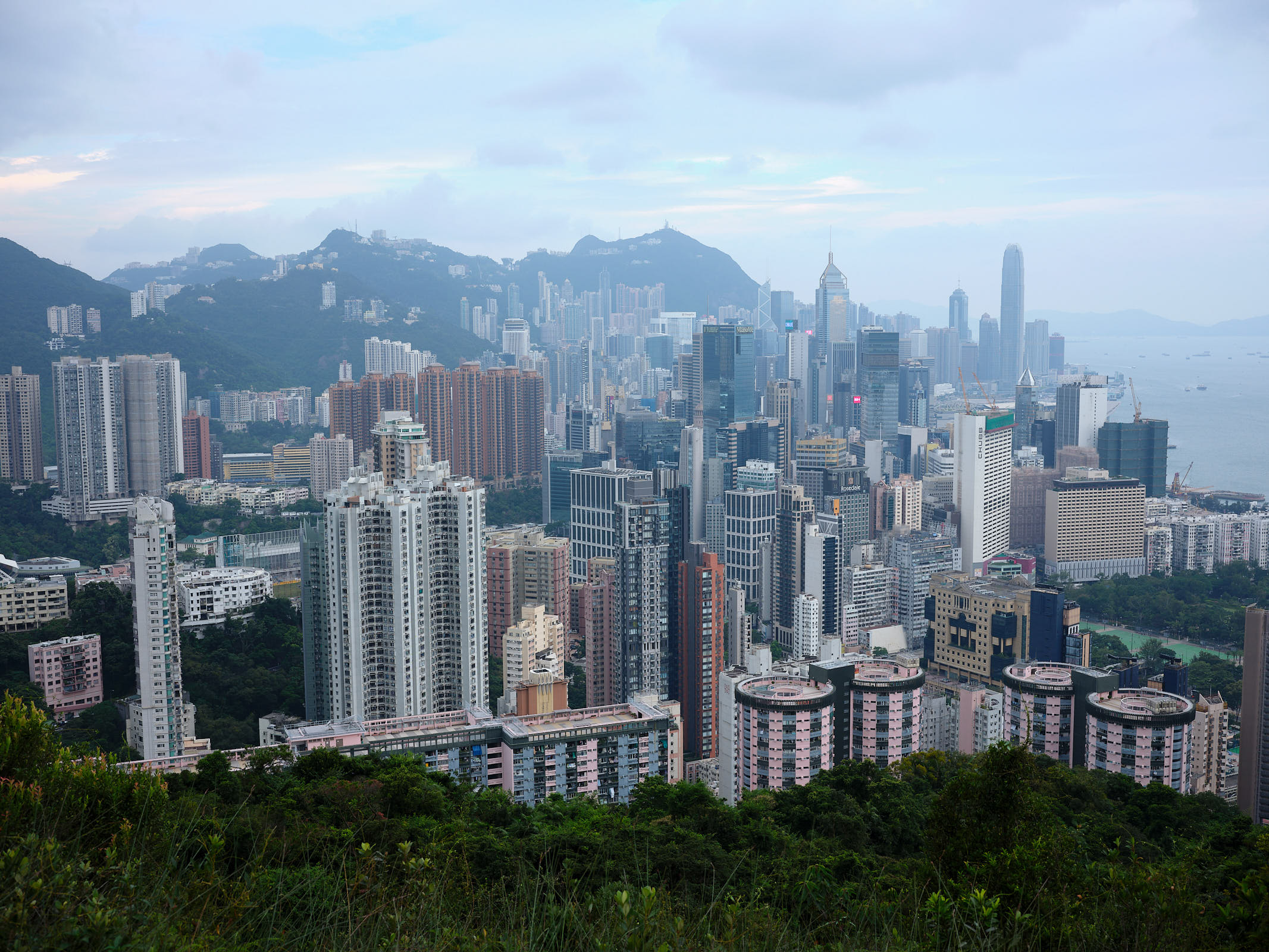
Bokeh
The bokeh is very good on the GF50, with only slightly smaller bokeh balls when compared to the GF45, primarily due to the differences in the focal length making up for the lack of aperture. There is a bit of an outline on some of the bokeh balls, but it’s not objectionable.
With such a slow aperture, I didn’t expect much subject separation, but I shouldn’t have worried because this lens provides a similar field of view as an APSC 25MM F1.8, which is pretty close to the beloved Fujinon XF23 F1.4, or a full frame 40MM F2.8, both of which produce decent subject separation.
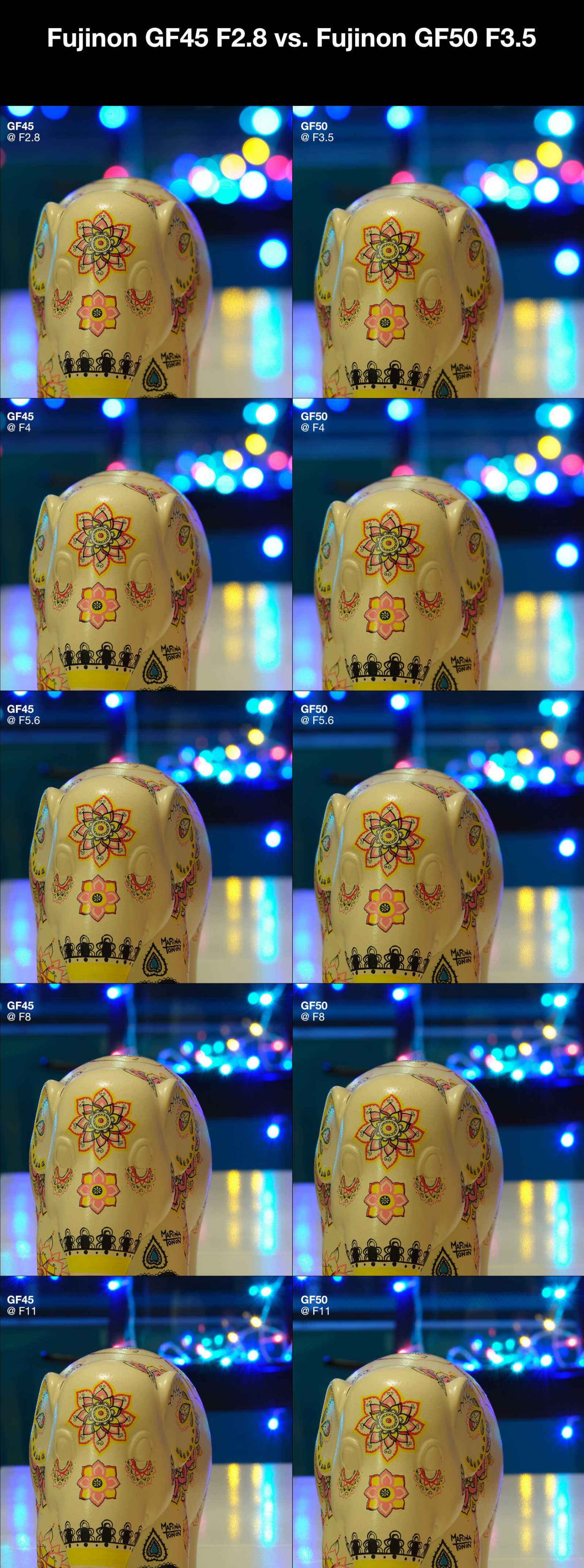
Focus performance
The lens uses a linear motor mechanism which provides fast focus speed with silent operation. It’s a much better mechanism than the one used in the GF63 which sounds and acts like something from a generation or two ago. The GF50 focuses internally which I think was a fantastic design choice by Fujinon. I hate the lens extending on the GF63 and the XF27 on the X-series, which often results in “turn off and turn on again” errors.
On a few occasions with the GFX 50R, the GF50 has confirmed focus, but the images then turn out to be out of focus. It’s not clear if this is lens specific or just the contrast detection autofocus on the 50R having issues finding enough contrast on the subject I was using for the test. Further research will be required to make a determination.
Usability
In real life situations, the GF50 performs above expectations. I thought I’d use this lens for times when I really need a compact form factor, but I’ve found myself using the lens far more frequently than expected. It has been attached to the camera nearly 100% of the time since I’ve gotten it.
The fast focus performance opens up new opportunities for the GFX series. Tracking a dog is pretty much impossible with most GF lenses, but the GF50 focuses quickly enough to keep up with my dog, even in near darkness on the contrast detection autofocus GFX 50R.

As with all Fujinon lenses for the GFX series, this lens has exceptional performance for sharpness, especially in the centre. It’s getting a bit monotonous in these reviews to keep saying how great they are, but Fujinon continues to deliver consistently high performance in all their GF lenses, with great colour, contrast, and minimal aberrations.
Summary
Fujinon has another winner on their hands, and if pre-orders are anything to go by, it seems a lot of owners will be very happy with their new purchase. The focal length works very well by giving a human’s eyes view of the world, and with fast focus speed, exceptional image performance, all wrapped up in a small form factor, you can’t go wrong with this lens. I highly recommend this lens as a “must have” for the GFX system.
Fujinon has another winner on their hands, and if pre-orders are anything to go by, it seems a lot of owners will be very happy with their new purchase.
These reviews take an enormous amount of time to put together. If you’ve found it useful (or not), please leave a note below to let me know your thoughts; you don’t need to sign up or register to post.
If you enjoyed this review, please feel free to share on social media or your favourite gear forum.
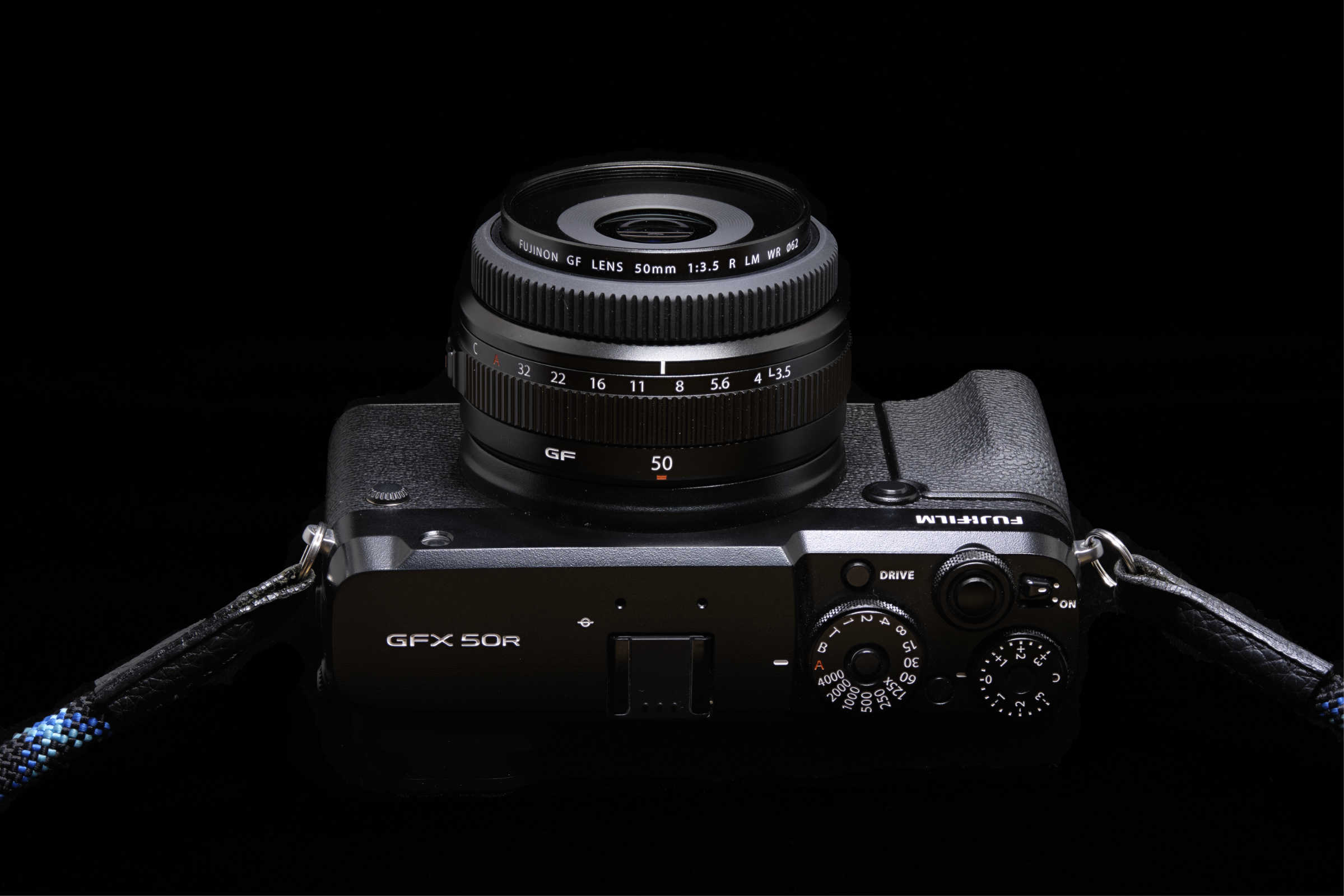
Discover more from fcracer - Travel & Photography
Subscribe to get the latest posts sent to your email.
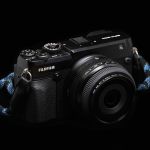
Many thanks for the great review, nice to see confirmation of my irrational decision to go medium format digital, will be picking this combo up as an early Christmas present to myself. Used to love my Fuji GW690II back in the day, shooting transparency film, but life/kids/etc killed my photography.
Of course I did buy some 120 film the other day to see if the Fuji and my Bronica SQ-Ai still work…waiting for the film to be processing is killing me 🙂
Take care,
Val
Hi Frank, I’m so glad you found the website useful. I know that you’re going to love your GFX system. For me, all the lenses are incredible, but the magical ones are the GF110, GF250, and GF45. However, I find myself using the GF50 the most because of its size and minimal tradeoff in edge image quality.
The way I look at digital medium format is that we are at the start of an exciting journey. There’s still so much opportunity on the path we’ve chosen. We will grow with the format over time as Fujifilm brings more technology to the table in the form of backside illuminated sensor, in-body image stabilization, phase detect autofocus, global shutter, and computational photography.
Some of the above has already found its way into the high-end GFX100, but that is a bit too big for me. I’m looking forward to this tech coming down to the smaller bodied series, especially in-body image stabilization.
Good luck with your new purchase and let me know how things turn out over time.
Love your photos, really beautiful stuff. I’ve just made the jump to MF and got the 50r with the 50mm, I also got the 23mm for landscape. I’m curious to know your thoughts on the 63mm, I’ve seen some beautiful images you’ve taken with it. Is the real world use a let down with the AF? Or do you find it too close in FOV to the 50? Do you use any of your x-series stuff anymore? I’m tempted to sell it all after just having the 50R for a couple of weeks. Thanks in advance for any opinions you’d like to share. Keep up the great content!
Hi Dennis. Thanks for the kind words. You ask a two very difficult questions to answer!
The 63MM is, as all Fujinon GF lenses are, an excellent performer. However, I’m not a big fan of the external focusing, nor the noise it makes when focusing. Having said that, it’s super sharp, lightweight and produces beautiful images, so you can’t go wrong with it. I bought the 63MM before I bought the 50MM, and use them for different purposes; the 50MM for travel and the 63MM for shallow depth of field portraits.
In regards to your question about the X-series, I hate to say it but I’ve rarely used the X-Pro2 since the 50R came into the house. In fact, I barely use the Leica M10 since the 50R came into the house! I do however want to start getting into video footage of my dog, travels and family, so I’ve pre-ordered an X-T4 and am looking forward to reconnecting with the X-series again. Recently, I picked up an X100V which is an astounding little camera. It fills its niche like no other camera. I’m working on a review for it now, but just haven’t had much opportunity to use it given the COVID situation.
I think the best part about getting an X-T4 will be the opportunity to use my favourite lens, the Fujinon XF16 F1.4. I really, really love that lens! In these challenging times, getting excited about a new camera or reconnecting with an old lens may seem silly, but perhaps we need these distractions to take our minds away from all the anxiety and fear.
I wish you and your family great health and safety during this unique time, and I hope to hear from you again soon! Take care.
Love your work and write-up. I was seriously considering sending the 50 back and buying the 45 as I have seen lots of images with it. But you have helped me so much! I’m keeping the 50!!
Thanks Carl! The GF50 is turning out to be a rather special lens. The size, construction, image quality, and focusing speed are all top notch. I find it stuck to my GFX 50R more often than any other lens at the moment. Having said that, I’m glad I bought the GF45 and GF110 at the same time as my 50R because they’re the two lenses I feel best convey the benefits of the larger than full frame 33×44 medium format.
I hate to say this, but I recommend you keep the GF50 and add the GF45 or GF110 when you have some extra cash laying around; I know you won’t be disappointed and I think you’ll find they serve different needs and purposes (GF45 for ultimate image quality and subject separation, and GF50 for taking around town or travelling light).
As you’ve adapted a Voigtlander 50mm f/1.2 VM, I was wondering if you could comment on a comparison between it and the GF 50mm f/3.5 on the GFX 50r? The CV 40mm f/1.2 E is probably my favorite lens with any system, so considering the 50 VM here, though I’d hate to sacrifice much IQ in comparison and the GF 50 seems made for the 50r. Any thoughts would be much appreciated.
Hi there. Thanks for writing in. I will do some quantitative testing for you between the two 50MM lenses. Subjectively, I can say that the GF50 is superior for sharpness, contrast, and colour, but no matter how good it is, it still isn’t F1.2. Please give me a few days and I’ll run the test charts on both lenses so we can compare the sharpness. I’m curious to know as well.
Hi there, please have a look at the following post which should answer your questions: https://fcracer.com/fujinon-gf50-vs-voigtlander-50mm-f1-2/
Thanks !!! Finally this is real lens test, proper comparative and technical with the 45mm, nice nice work, so fu*ckin tired of youtubers reviews, that are bla bla talking like was food experience and zero expertise or technical details.
Thanks Pedro, I appreciate you taking the time to write in. There are some great youtube reviewers out there like Gordan Laing and Kai Wong, and some really exceptional online reviewers like Jonas Rask and Jim Kasson. We’re very fortunate to have so many different sources of information; sometimes I watch a review on youtube just to see the product from different angles, so every review has some value in my opinion.
Excellent review – thanks for taking the time.
Thanks for taking the time to write in. I’m glad you enjoyed the review. Cheers!
Thanks for the write up- this does seem like a no brainer for the 50R.
I sold off the 45 and 63 and kept the 32-64 but that combo is bulky enough to make me pick up the T30 or T2 instead. I’d image grabbing the 50R + 50mm as a casual walk around setup and being very happy with it.
The 50R and GF50 were clearly made to be together. They are like that annoying couple, so deeply in love, and inseparable. I haven’t touched the M10 since getting the GF50 because this lens makes taking the 50R out casually a realistic option.